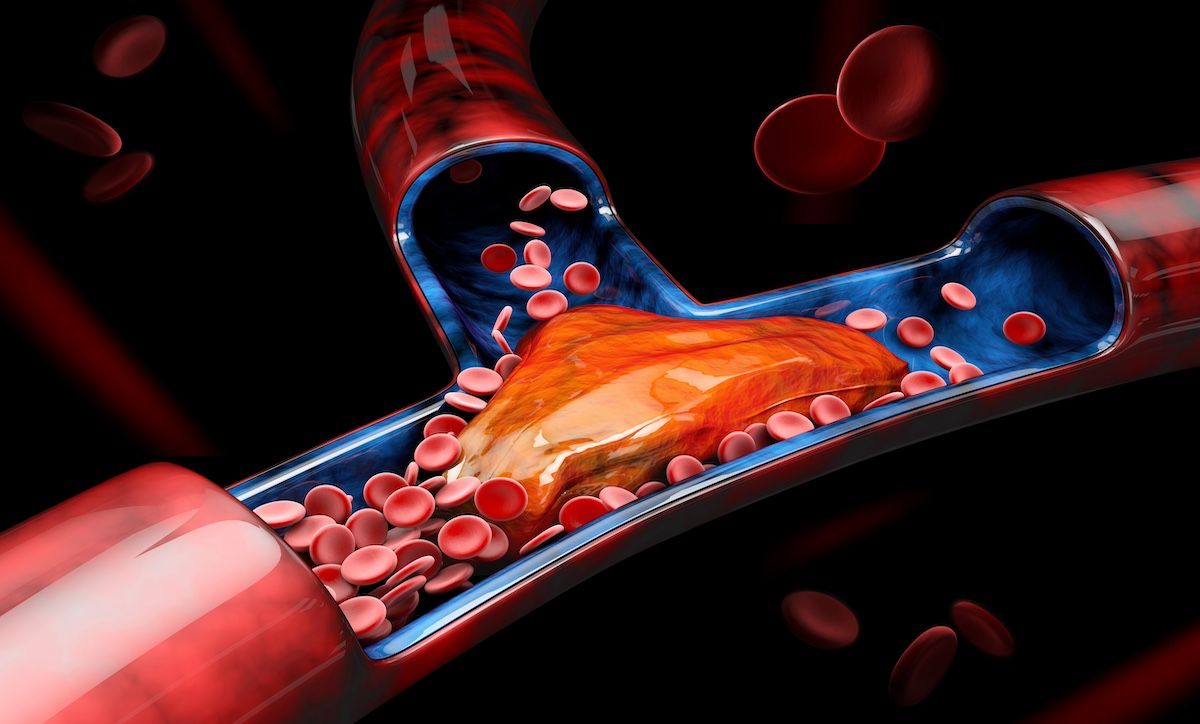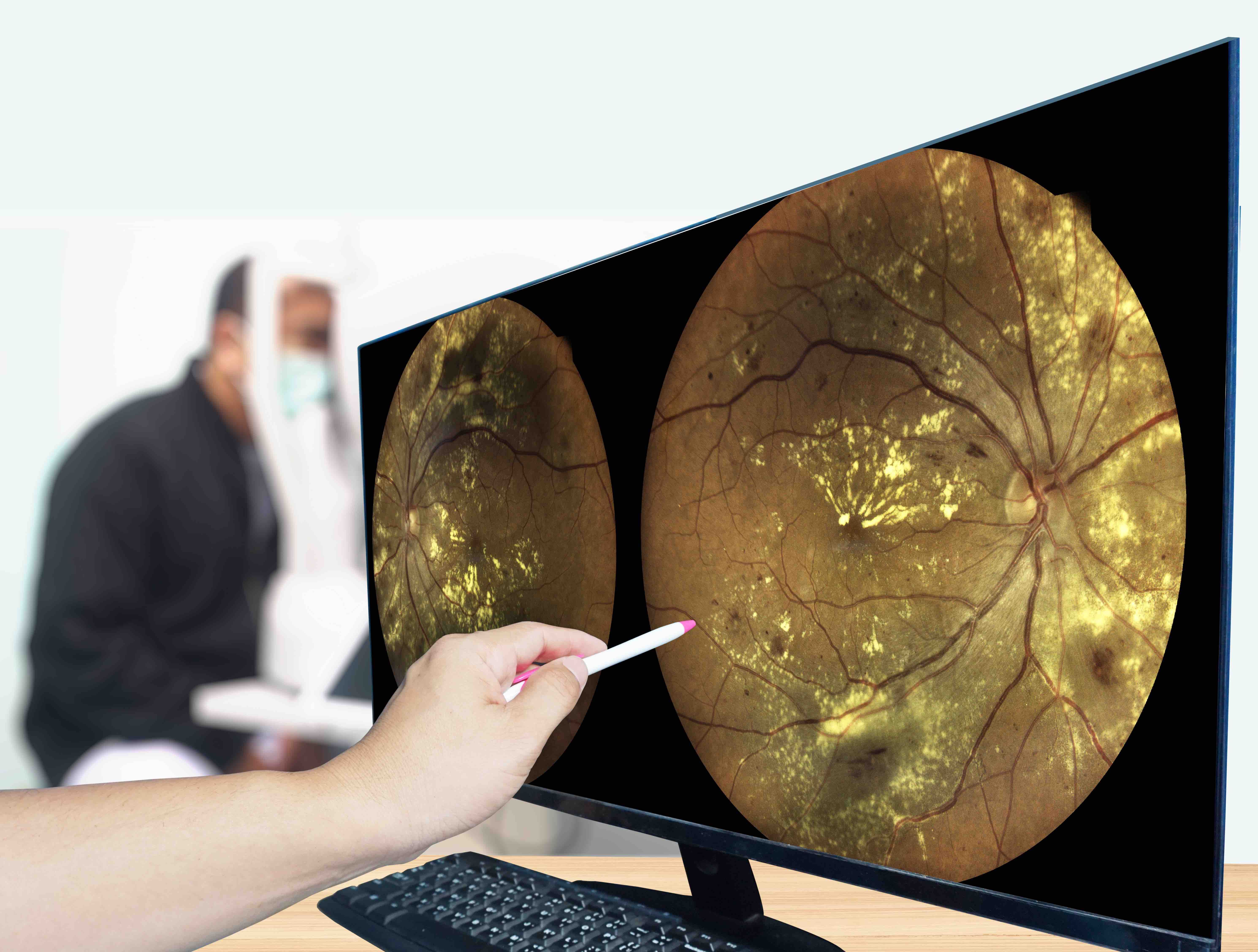News
Article
Case Report: Upper Extremity DVT in Patient With Seronegative MG
Author(s):
In addition to her advanced age and obesity status, the patient had a history of pulmonary embolism managed with an inferior vena cava filter, increasing her risk of thrombosis.
Researchers of a new study, published in Cureus, are detailing the findings of a woman with myasthenia gravis (MG) who developed upper extremity deep vein thrombosis (UEDVT), a rare type of DVT.1 Comprising approximately 1 in 10 DVT cases, UEDVT can occur spontaneously or as a complication of factors, such as long-term central venous catheter use or cancer.2
The group detailed the case of a woman patient, aged 69 years, with seronegative disease who was admitted to the hospital due to metabolic encephalopathy and acute chronic hypoxic respiratory failure secondary to MG crisis 3 days following intravenous immunoglobulin treatment. Despite receiving heparin, the patient developed right UEDVT and superficial thrombosis in her left arm during hospitalization.
“We have examined the literature and have found only 1 study which reported such a case. In this example, it was determined that the patient's thymoma led to external compression of the innominate vein,” described the researchers. “This disruption of venous flow led to the DVT. This would not be possible in our case due to the patient having a thymectomy. In a different study, Lin et al reported a case where the patient's MG led to a PE. Unfortunately, due to a lack of testing of the integrity and functionality of her endothelium, we cannot definitively say that her MG was a possible factor for her thrombosis.”
In general, explained the researchers, thrombosis results from endothelial lining dysfunction, blood flow dysfunction, and hyper-coagulable states. Risk factors of UEDVTs, specifically, include central venous catheters, malignancies, underlying disease, immobility, and surgical interventions.
Outside of MG, the patient detailed in this case had a history of chronic obstructive pulmonary disease, congestive heart failure, diabetes, gastroesophageal reflux disease, hyperlipidemia, and morbid obesity. In addition to her advanced age and obesity, the patient had a history of pulmonary embolism managed with an inferior vena cava filter, increasing her risk of thrombosis.
The 69-year-old patient in this case developed a right upper extremity deep vein thrombosis and superficial thrombosis in her left arm during hospitalization | Image Credit: tussik-stock.adobe.com

“The first factor which may have contributed to the patient's DVTs was her prolonged immobility leading to stasis,” noted the researchers. “Development of her thrombosis could be attributed to a number of factors, including her central line catheter placement, which is believed to be a primary factor, as well as possible inflammatory changes hypothesized to be associated with MG. Hyper-coagulable states must also be assessed to determine the risk factors leading to this patient's DVTs. She does not have any known coagulation genetic mutation diseases or underlying malignancies that would contribute to her DVT.”
The patient began receiving heparin 8 days before development of DVT, leading to researchers assessing for heparin-induced thrombocytopenia as a cause of her hyper-coagulable state. Due to a 47% drop in platelets 2 days after initiating heparin, the researchers determined a type 1 heparin-induced thrombocytopenia, which is not associated with a hyper-coagulable state.
Findings from a coagulation panel done the day UEDVT was found in the patient showed her protime was 14.5, international normalized ratio was 1.5, fibrinogen level was 192, and prothrombin time was 31.9. The patient received treatment with Eliquis (apixaban; Bristol Myers Squibb/Pfizer), at 10 mg daily for 7 days followed by 5 mg daily for 3 months.
References
1. Cohen NE, Cook AC, Narvel R. Development of upper extremity deep vein thrombosis in a patient with seronegative myasthenia gravis: a case report and review of literature. Cureus. 2024;16(3):e56086. doi:10.7759/cureus.56086
2. Joffe HV, Kucher N, Tapson VF, Goldhaber SZ; the Deep Vein Thrombosis (DVT) FREE Steering Committee. Upper-extremity deep vein thrombosis: a prospective registry of 592 patients. Circulation. 2004;110(12):1605-11. doi:10.1161/01.CIR.0000142289.94369.D7




